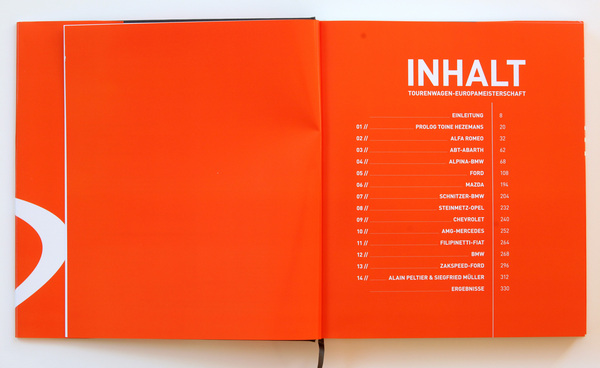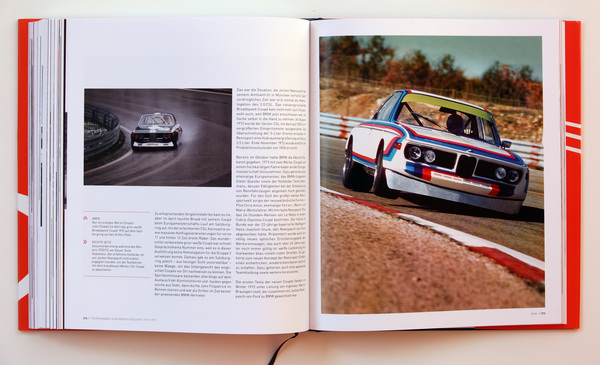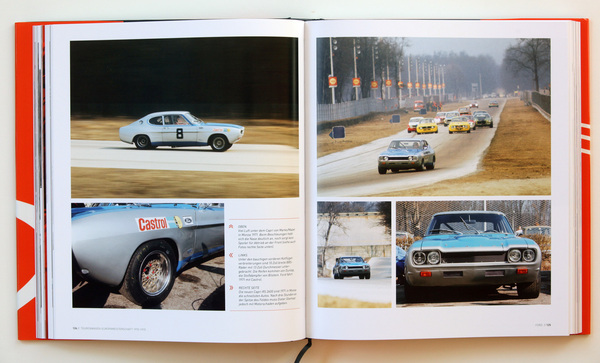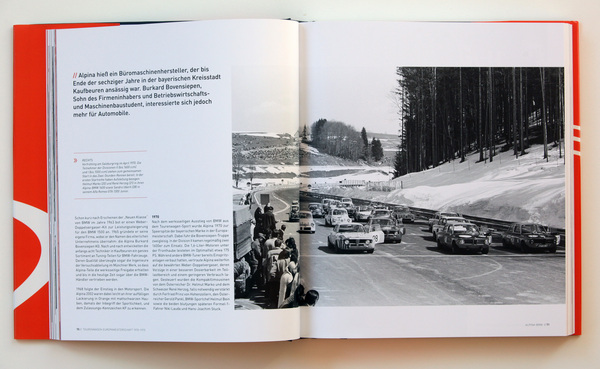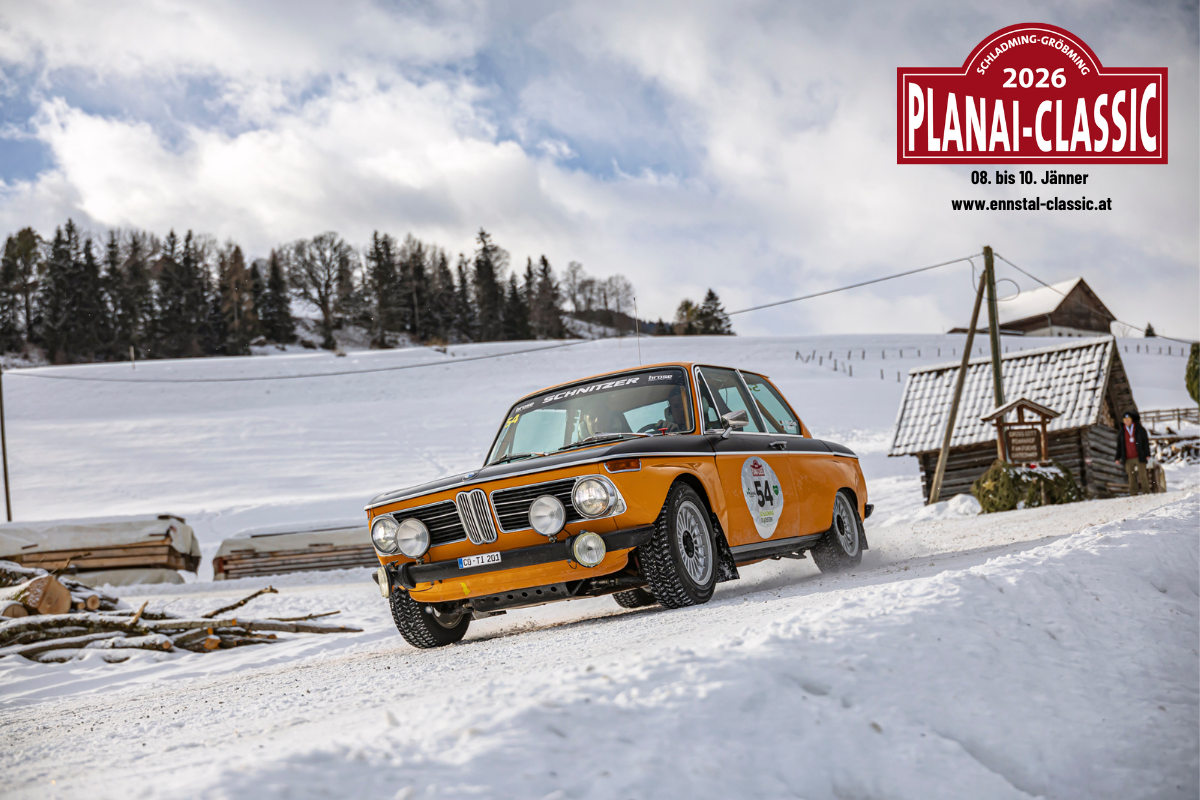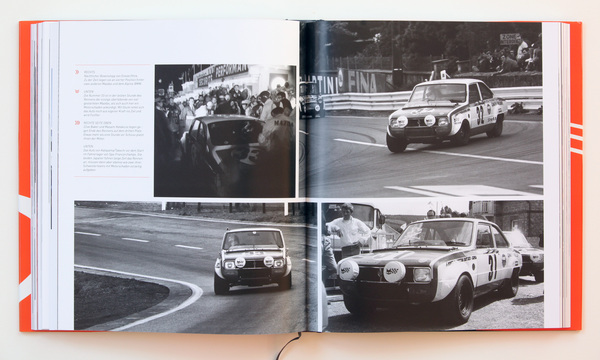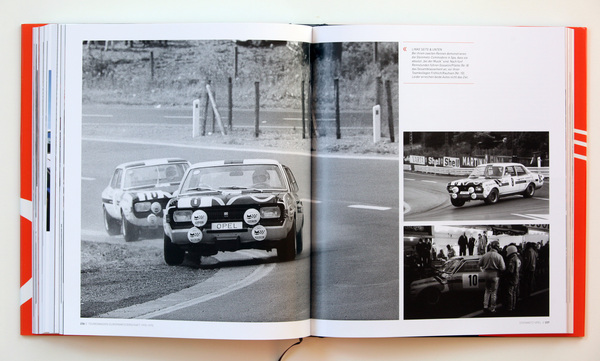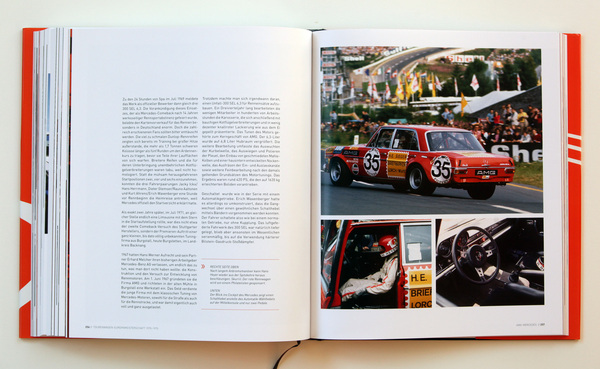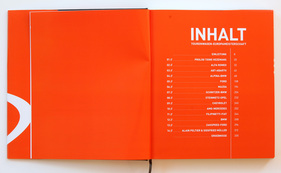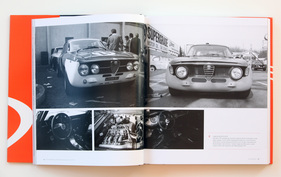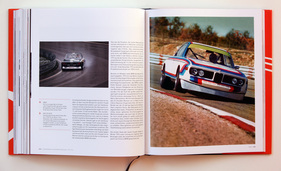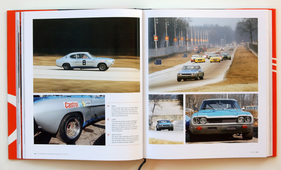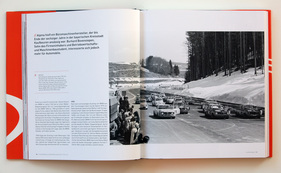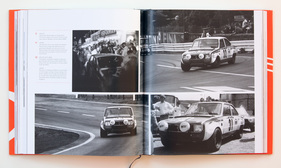Of course, there were exciting touring car races in the sixties and other decades also offered exciting motorsport with two- and four-door closed cars, but the years 1970 to 1975 are certainly among the most important years of this racing category, above all because it was comparatively close to series production.
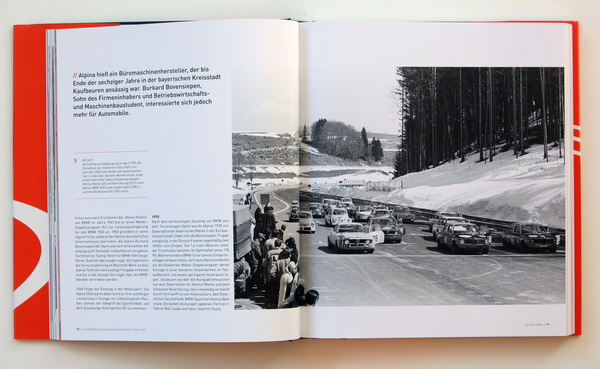
Exciting times
The new direction was heralded by the FIA at the end of the 1960s, when the touring car championship was reorganized for Group 2 and thus only for slightly modified cars. In response, BMW withdrew completely from touring car racing, while others stuck with it. And two had the right cars in their hands, at least at the beginning: Alfa Romeo and Fiat-Abarth.
However, they did not want to leave the winning to them alone and so the other brands, first and foremost BMW and Ford, joined in and were soon fighting for championship honors at the highest level. While the regulations were constantly being modified, other companies such as Fiat, Mazda, Mercedes-Benz, Opel and Chevrolet also tried to get involved, while others were put off by the high homologation costs - 1000 vehicles had to be produced within a year.
The end of the period came in 1975, when a new production car championship was announced for 1976 with vehicles from the new Group 5.
The cars
Harold Schwarz divides his book on this half-decade of touring car racing along the lines of the brands and racing teams, a wise choice, because on the one hand a dozen chapters are enough to describe the key manufacturers' representatives, and on the other hand it was of course the cars that made the championship a success.
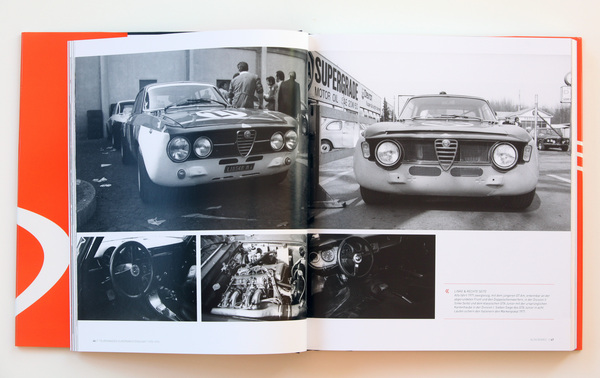
Alfa Romeo, ABT-Abarth, Alpina-BMW, Ford, Mazda, Schnitzer-BMW, Steinmetz-Opel, Chevrolet, AMG-Mercedes, Filipinetti-Fiat, BMW (factory) and Zakspeed-Ford are the names of the chapters, which extend over 280 pages.
The first chapter is dedicated to Toine Hezemans, the formative touring car racing driver of the 1970 to 1975 era, while the last is devoted to Alain Peltier and his attempts to win the touring car championship with private cars.
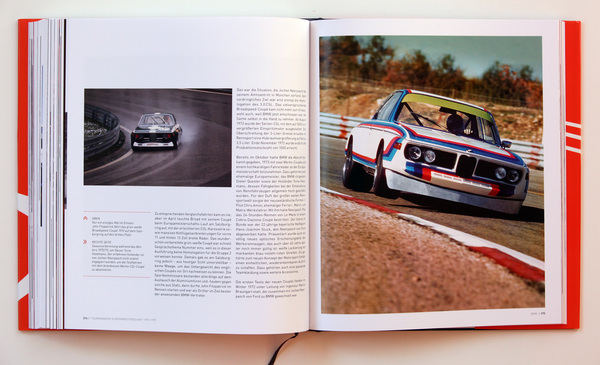
Famous drivers
In addition to Toine Hezemanns and Alain Peltier, a whole series of famous drivers took to the wheel of the touring cars during this period. Ford in particular repeatedly put Grand Prix drivers in the comparatively cumbersome cars, including Jackie Stewart, Emerson Fittipaldi, Niki Lauda, James Hunt and Jody Scheckter.
And of course you meet these racing drivers on almost every page of Schwarz's book. And the fact that some of the racing drivers speak in their original voices makes the book particularly worth reading.
The forgotten participants
While the duels between BMW CSL Coupés and Ford Capri RS 2600/3100 (as well as Escort RS 2000) and certainly also the Alfa Romeo GTAm or Fiat-Abarth 1000 TCR can still be remembered today, other brands and their representatives have been forgotten. Schwarz also devotes a lot of space to the lesser-known entries, such as the Japanese team's attempt to win the 24-hour race at Spa with the Mazda R100 rotary engine coupé. In 1970, they were on the verge of victory, but 21 hours before the end, the engine of the leading team blew up.

Klaus Steinmetz trimmed an Opel Commodore for success in touring car racing, but had to give up after two seasons without any major successes. Chevrolet was also not among the permanent winners with the Camaro, but still managed to achieve impressive results.
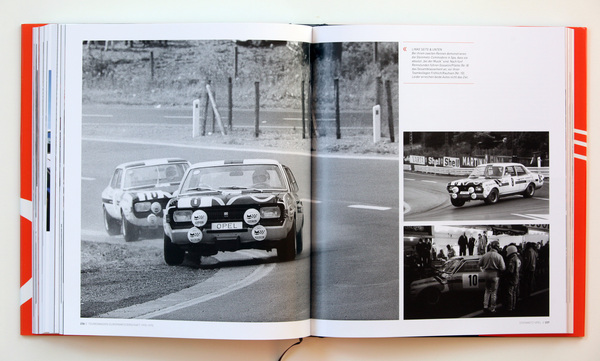
And Fiat? Scuderia Filipinetti competed with the 128 and 128 Coupé models, but apart from a few placings in 1971 and 1972, they too only achieved placings but no victories.
The photos in the center
While the text is of course a treat for touring car fans in particular, the pictures are for every viewer. Many of them come from the archive of Ferdi Kräling, but other photographers and archives have also provided pictures. Taken as a whole, these photos provide a very impressive picture of touring car racing in those years and hardly miss an exciting detail.
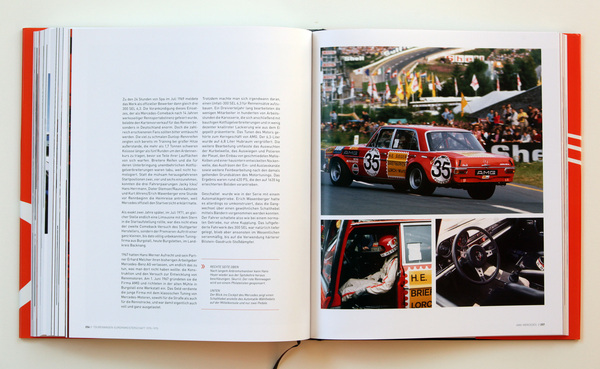
Expandable numbers section
At the very back is the numbers section, which summarizes the winners of each race in the individual (displacement) divisions, summarizes the driver points over all years and lists the brands in a clear manner. The number fetishist would of course have liked complete tables of every single race, there were a good 50 events, but there was probably no room for that. Unfortunately, the index, which is so important for cross-readers, is also missing.

Instead, the final section contains some pictures of vehicles that you might not have expected to find in this book, such as the photo of a Citroën SM that competed at Spa in 1971, or the illustrations of the Hillman Imp, Skoda 100L, Toyota Celica GT or NSU TT, all of which won a division at least once.
For touring car and racing fans
This attractively designed book, which was printed to a high standard in Germany, will delight not only touring car fans but also all those who enjoy reminiscing about the golden days of motor racing. At Euro 59.00, it is not too expensive and can therefore be recommended without reservation.
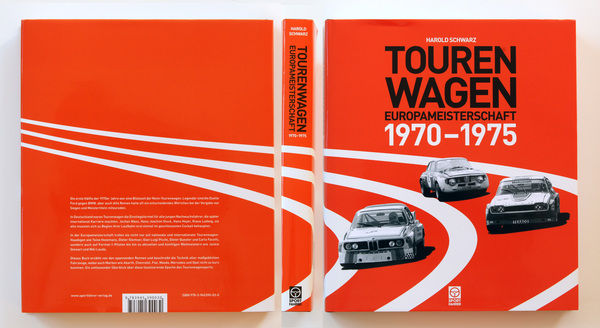
Bibliographical information
- Title: European Touring Car Championship 1970-1975
- Author: Harold Schwarz
- Language: German
- Publisher: Sportfahrer Verlag
- Edition: Edition: 1 (November 18, 2015)
- Format: Hardcover, dust jacket
- Size: 28.6 x 24.6 x 3.2 cm, 352 pages, around 450 color and b/w photos
- ISBN: 978-3945390030
- Price: Euro 59.00
- Buy/order: Online at amazon.de, from the publisher or in relevant bookshops

